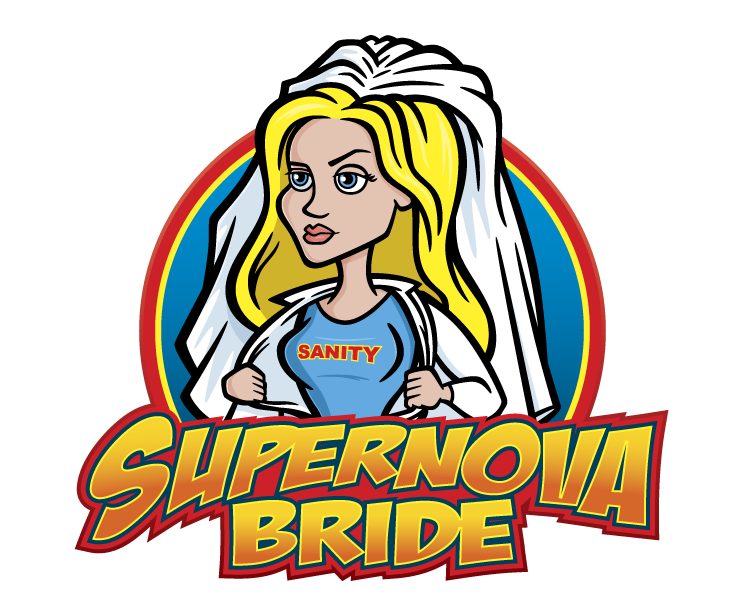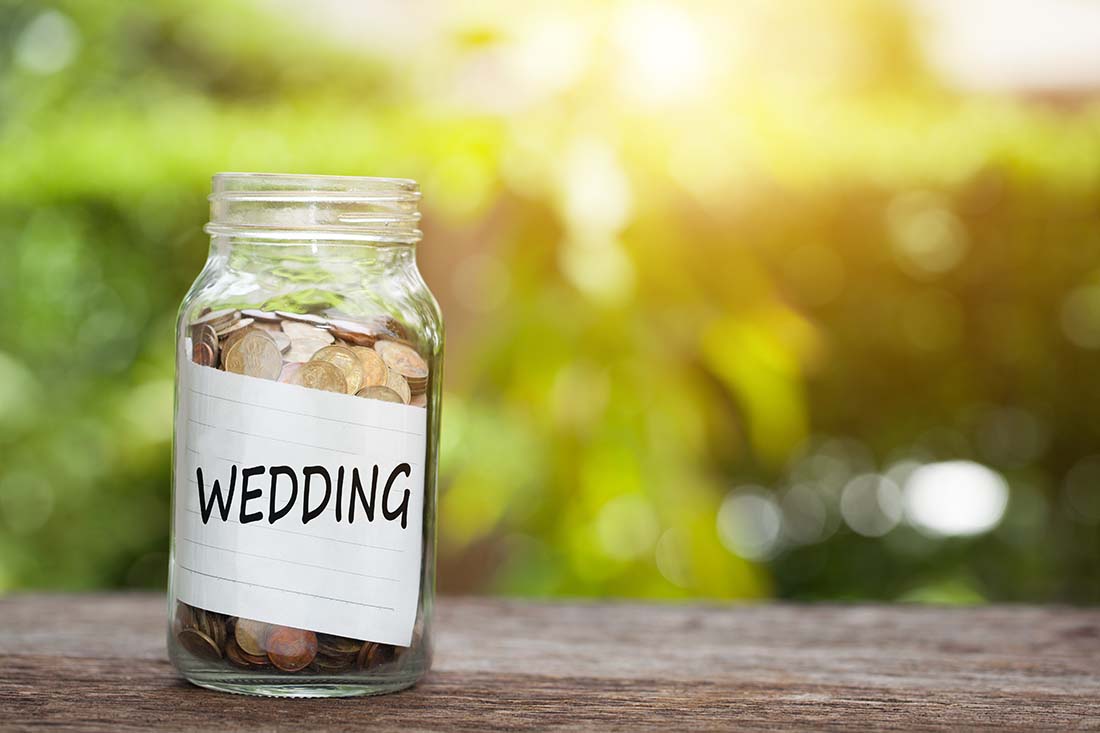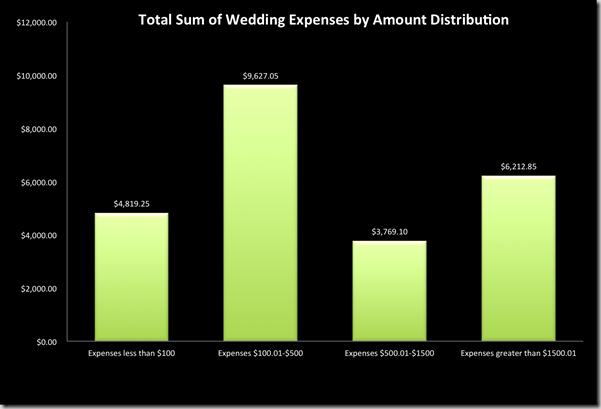Remember a few months ago when I posted our distribution of wedding expenses by amount, and realized that, based on my analysis, 60% of our total budget was spent on expenses less than $500!?
That was an insane realization for me. Absolutely insane.
Weddings are so expensive and I was so focused on saving on the big ticket items, like catering, videography, and deejaying. And of course, I’m not saying that focusing on decreasing those big item costs was bad or unnecessary or anything like that, but I shouldn’t have forgotten about all those “small” expenses of $500 or less, which added up to more than $14,000!!
Yikes.
So, I got to thinking. Why are wedding budget tools so damn complicated. I mean, nearly all of my wedding wire budget categories were drastically different than what was projected. Why do I need to focus on each category so specifically? Especially when those categories’ prices can vary so much depending on your geographic location.
Let’s try a different wedding budgeting technique. I’m calling it the 60/40 Wedding Budget Tool. And here’s how it works.
The 60/40 Wedding Budget Technique
You see, most of those smaller, less than $500, expenses were “unknown” expenses. They’re expenses that didn’t fit neatly into typical wedding budget categories, like wedding cake toppers, photobooth props, cardstock for signage at the wedding, foamcore for display signs … you get the idea. All things I couldn’t really estimate how much I was going to spend.
However, most of the “big,” greater than $500.01 expenses, were known, anticipated expenses. Because, for instance, I knew what our venue fee was going to be. I knew how much our photographer was costing us, and how much our catering budget was going to be (plus or minus a few hundred dollars depending on our final guest count). Of course there are a few exceptions. For instance, I “knew” how much our officiant and hair stylist was going to cost, and those were both less than $500.
Here’s how I suggest projecting your wedding budget:
Add up the expenses from your desired (or already booked) big ticket vendors, like the caterer, photographer, deejay, videographer, etc. You should anticipate that the sum of all those vendors’ costs will comprise approximately 40% of your wedding budget, so you can expect to spend approximately.
Let’s say those big ticket expenses add up to $4000. And from this formula, you can assume that you’ll be spending 60% of your budget on expenses less than $500, most of which are probably going to be “unknown” expenses. So if you’re spending $4000 comprising 40% of your budget, then that means you’ll likely spend an additional $6000 (or 60%) on expenses less than $500.
That works out great if you have a wedding budget of $10,000. You’ll spend $4000 on big ticket items and then $6000 on smaller expenses.
But, what if your budget is $10,000, but when you added up all your “big ticket” expenses, that it came to $5760. That would mean that your “unknown” and lesser expenses of less than $500 will likely add up to $8640. Now, all of a sudden, you’re looking at the potential for spending more than $14,000 on your wedding. More than $4000 over your budget!
This is a really easy trap to fall into. Saying, that you have a $10,000 budget, and then spending 90% of it on your big ticket vendors and figuring you’ll still have $1000 of wiggle room budget and money to spend on décor. Wrong-zo. You need to allow yourself significantly more wiggle room in your budget than 10% for all your unknown and smaller expenses.
I realize that my wedding is just one wedding an the 60/40 ratio might not work for everyone. But I do think mine is an illustrative example of someone who really tried to save money (got very inexpensive catering, two wedding dresses that were less than $200 each, the only flowers we had were my bouquet and corsages and bouts for family members, we self-deejayed, etc.) but we STILL managed to go more than $8000 over our intended wedding budget.
So, while 60/40 might not work for everyone, you should anticipate that it will be something similar. Maybe 50/50 or 40/60, etc.
Did anyone else out there track their wedding expenses obsessively like we did? Was your expense distribution about the same?



